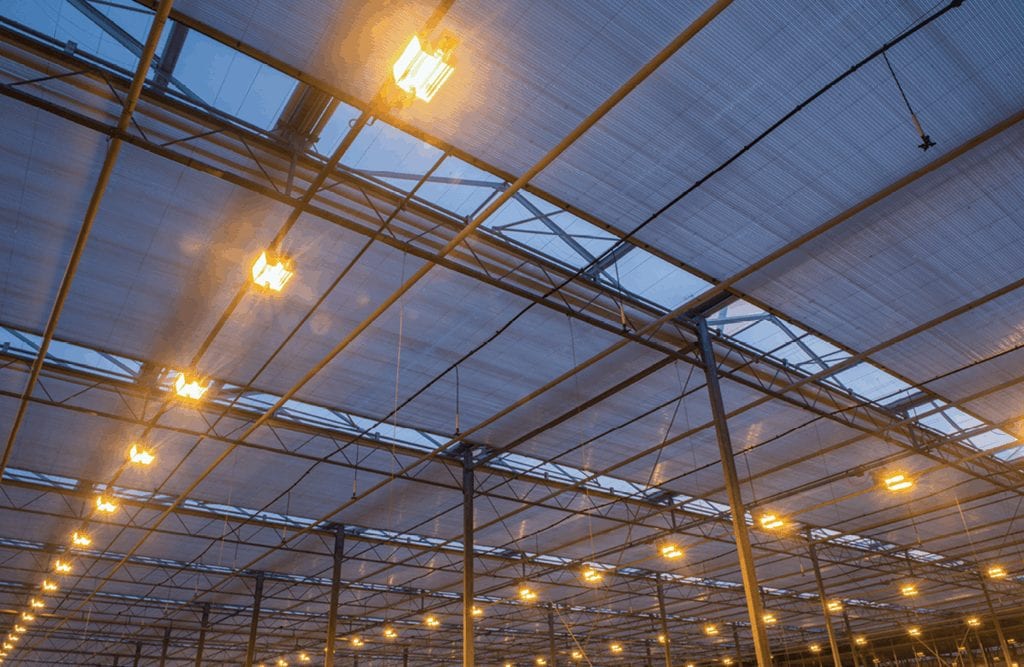photo © warloka79 | adobe stock Since light is the driving source for photosynthesis and carbohydrate development in plants, it’s important for cuttings and seedlings to receive the appropriate amount. If not, low light intensities will result in delayed crop or little to no root development. On the contrary, too much light will result in excessive stress on cuttings, which will reduce root formation and cause leaves to bleach. In 2019, two professors from the department of horticulture at Michigan State University — Professor and Extension Specialist Erik Runkle and Assistant Professor Roberto Lopez — collaborated with Greenhouse Lighting and Systems Engineering (GLASE) to discuss supplemental lighting management techniques. According to both professors, it’s important to understand daily light integral (DLI), the cumulative number of micromoles per photons that are delivered to a specific area over a 24-hour period. This is important because DLI measures light levels, which in turn, helps growers achieve high-quality light that will produce high-quality crops. According to Runkle, DLI varies in greenhouses due to factors that influence light intensity and duration. Some factors include time of year (the sun’s angle), location and cloud cover, day length (photoperiod), greenhouse glazing and curtains, structure and observations, hanging baskets and supplemental lighting (SL). “There are many reasons or benefits to providing ample light to plants,” Runkle said. “Among them are plants under higher light typically have smaller and thicker leaves; there are more larger flowers when they do flower; they have greater branching and thicker stems; there’s a greater amount of root growth, which is especially important for plugs and cuttings; when we’re growing plants that have harvestable yield — maybe a lettuce or a tomato — that typically increases with light. And when we’re talking about ornamental plants, we are interested in time to flower and we find — and others have reported — that plants flower quicker under a high DLI.” Lighting applications There are three main horticulture lighting applications. The first type is called photoperiod lighting, where low-intensity lighting is delivered at night and helps regulate plants that are sensitive to photoperiod. The second […]






